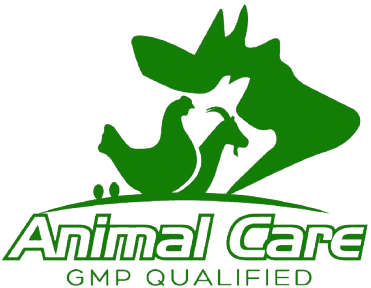
I remember standing in the field one morning, watching one of my cows scratch against a fence post. Something wasn’t right.
Properly injecting ivermectin in cattle effectively eliminates internal and external parasites; it requires calculating the correct dose based on weight and administering it subcutaneously in the neck or shoulder area.
Realizing this, I knew it was time to take action.
How to Inject Ivermectin in Cattle?
The first time I gave an injection, I’ll admit—I was a bit nervous.
To inject ivermectin in cattle, calculate 0.02 milliliters per kilogram of body weight and administer it subcutaneously in the neck or shoulder.
I usually start by weighing the cow to determine the exact body weight. Then, I calculate the required dosage. After preparing a clean syringe and needle, I disinfect the injection site. Gently lifting the skin, I insert the needle under the skin and slowly inject the medication. It’s important to stay calm so the cow remains relaxed.

How Many Doses of Ivermectin for Cattle?
Getting the dosage right is crucial.
Typically, you administer ivermectin at a rate of 1 milliliter per 50 kilograms of body weight in a single dose.
Here’s a simple table to make it clearer:
| Cattle Weight (kg) | Ivermectin Dose (ml) |
|---|---|
| 50 | 1 |
| 100 | 2 |
| 150 | 3 |
| 200 | 4 |
This helps me ensure I’m giving the correct amount every time.
What Is a 1% Ivermectin Injection?
When I first heard about "1%," I was a bit puzzled.
A 1% ivermectin injection means each milliliter contains 10 milligrams of ivermectin, used to treat parasites in cattle.
This concentration is standard, making dosage calculations straightforward.
What Are the Side Effects of Ivermectin Injection in Cattle?
Safety is always on my mind.
Possible side effects include swelling at the injection site, decreased appetite, and lethargy, but these are usually mild and temporary.
If I notice anything unusual, I consult a veterinarian promptly.
How Long Does It Take for Ivermectin to Start Killing Parasites?
I often wonder when the medicine kicks in.
Ivermectin typically begins killing parasites within 24 hours of administration.
However, it might take a few days to see the full effect, so patience is key.
What Happens If Ivermectin Is Given Intramuscularly?
I almost made this mistake once.
Injecting ivermectin intramuscularly can reduce its effectiveness and increase the risk of side effects; it should be given subcutaneously.
Sticking to the proper method ensures the best results.
What Happens If You Give a Cow Too Much Ivermectin?
Overdosing is a serious concern.
Excessive ivermectin can cause neurological symptoms like unsteady walking and tremors, potentially leading to severe health issues.
That’s why I always double-check the dosage.
What Parasites Does Ivermectin Treat in Cattle?
Knowing what we’re up against helps.
Ivermectin is effective against various internal and external parasites, including worms, mites, lice, and certain ticks.
This makes it a versatile tool in keeping my herd healthy.
What Is the Withdrawal Period for Ivermectin Injection for Cattle?
This is something I can’t afford to overlook.
After injecting ivermectin, cattle require a withdrawal period of about 28 days before their meat or milk is safe for human consumption.
Following this guideline helps ensure food safety for everyone.
Conclusion
By using ivermectin correctly, my cows stay healthy, and I have peace of mind.


